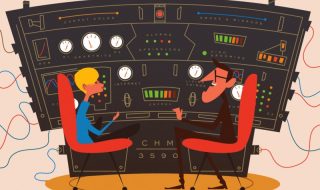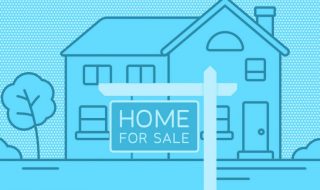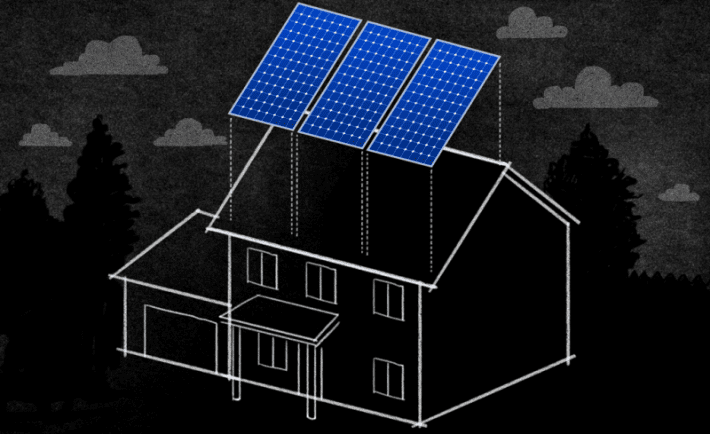
From the consumer side, home automation is relatively straightforward. Connect your smart appliance to a smartphone app and adjust your home’s temperature, conserving energy and saving money on your power bill. However, within the context of municipal energy delivery and renewable energy sources, the relationship between the environment and home automation technology becomes more complex.
Energy Use and the Internet of the Things
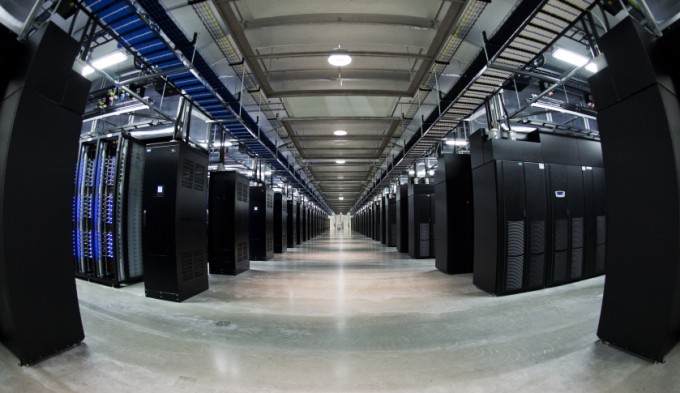
For companies, big energy savings are linked to the ‘Internet of things’
Physical objects, like your air conditioner, refrigerator, dishwasher and even entertainment devices are easily automated once they are connected to the internet. The data collected by these objects, or things, enters digital space. As usage data collects, the devices become smarter. They “learn” to recognize patterns and act on either historical or real-time data. This information prompts motorized blinds and shades to close when temperatures deviate from a set point. Remote temperature monitors also adjust heating and cooling as it learns your preferences over time. Voice powered devices like the Echo automatically deliver news and music when prompted by a user’s voice.
The smart technologies that drive home automation have the potential to reduce household energy use by 10 percent. However, the relationship between automation and environmental impact isn’t always positive.
The Smart Grid

Opportunities and Challenges of Integrating Renewable Energy in Smart Grid System ☆
An increase in data monitoring results in an increase in data collection which, in turn, places greater demands on energy-consuming data centers. The greater the number of monitors and sensors, the more data and more energy consumed. In this scenario, the IoT seems counterproductive when it comes to energy conservation and sustainability.
Historically, power grids relied on consistent forms of fossil fuel to provide inconsistent power demands. Over time, energy companies learned when the power demand was greatest and began to prepare for increases in use. However, renewable energy, such as wind, solar and geothermal, has turned this model inside out.
Unlike fossil fuels, renewable power sources are inconsistent. So while we now have enough data to establish consistent patterns of consumer power usage, there is the problem of inconsistent power supply. Fortunately, home automation and the IoT are driving energy savings on both the consumer and municipal levels when the two sectors feed into a responsive smart grid.
Smart grid technologies use developing technologies to store renewable energy, monitor usage in real-time, and consistently deliver energy to consumers. But rather than storing energy in large power stations, energy storage is placed in the hands, and homes, of consumers.
Solar Technologies and the Prosumer
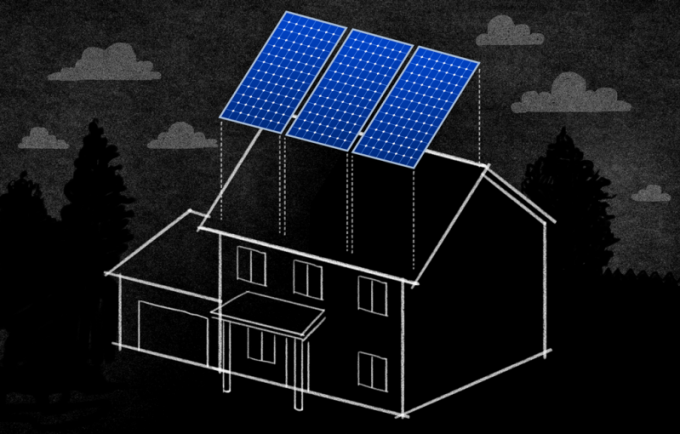
How to Decide Whether to Install Solar Panels for Your Home
A good example of a prosumer is a person who places solar panels on their home but doesn’t use all of the energy the solar panels provide. The excess power is then sold to the municipal power company and the individual receives a credit. In essence, the homeowner is both the consumer of energy as well as the energy producer.
Hawaiian Electric Company successfully uses this energy redistribution model and other municipalities are learning from its success. In areas that lack Hawaiian sunlight, other means of energy storage, such as water heaters, are being developed.
Home automation is disrupting traditional methods of energy creation and storage. From the home, to the grid, to the energy source itself. Information generated by energy-consuming meters and energy-draining data centers will feed back into a responsive grid that uses data to streamline energy production and distribution. Automated homes will indirectly sustain themselves.

